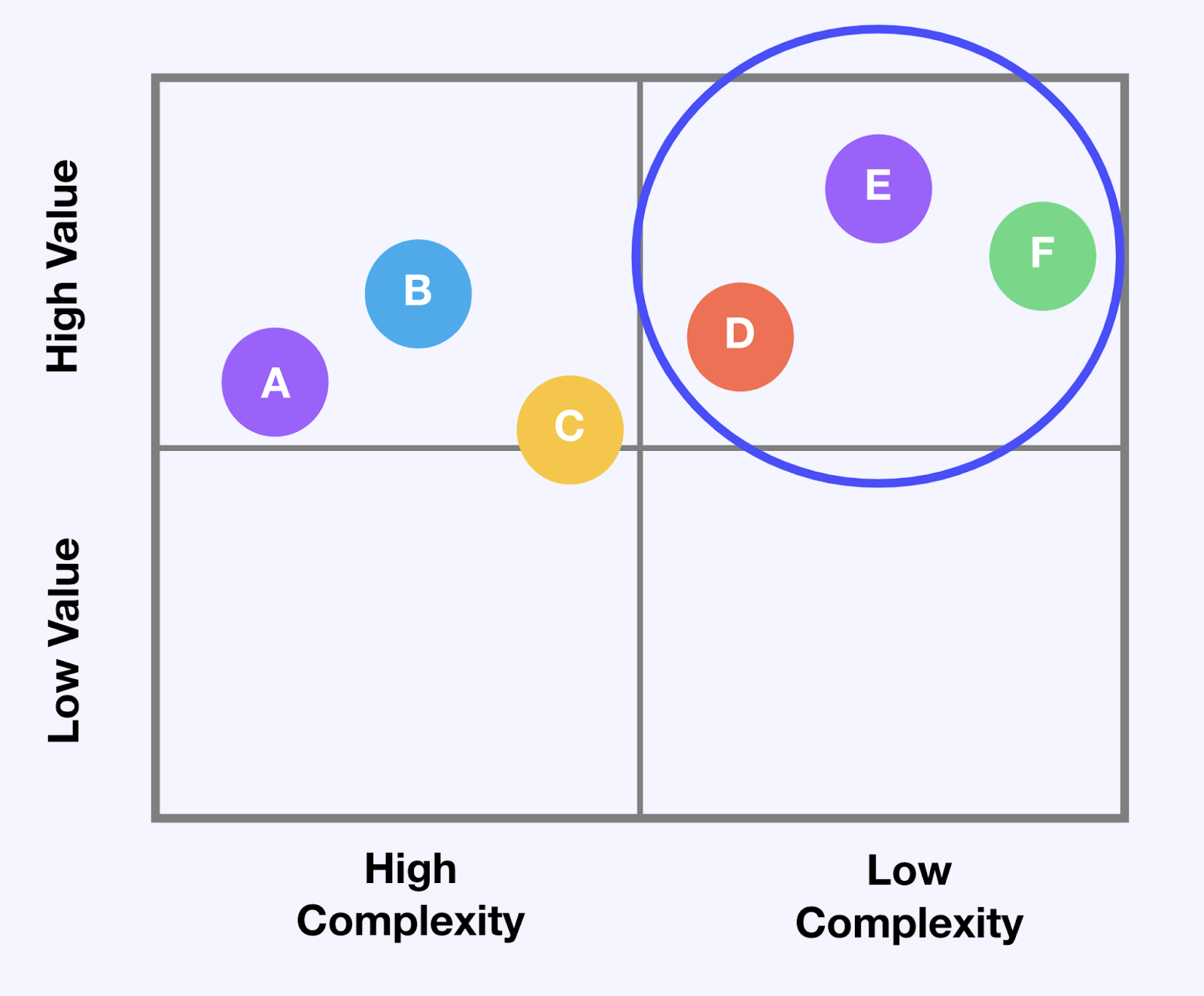Companies today are faced with an analytics conundrum. On one hand, there’s a higher demand than ever for actionable business insights, but on the other there’s limited resources to deliver BI content to non-technical business end-users. To fill this gap, the industry is increasingly turning to the next generation of self-service analytics tools. These tools reduce time to insight, speed up insight to action, and also allow BI teams to focus on more strategic analytics work.
So why haven’t more businesses made the switch? As we know from Gartner, the average adoption rate of BI tools across employees is just 30%. In order for organizations to maximize impact and reach of a true self-serve analytics model, they have to solve this challenge first. Read on to learn how the ThoughtSpot Customer Success team advises teams to choose a sticky first business use case and drive adoption of ThoughtSpot.
Assemble the right team
Choosing a sticky use case starts with proper preparation. The implementation of a use case should be well thought out and planned in advance. It is key to have the right skills and people on the team to make the use case a success. Often, we recommend having an executive sponsor, or someone in the business management team, that will support the use case and ensure its success. Executive sponsors help drive adoption within the user base by driving awareness and communicating the benefits of the solution internally. We also recommend having defined roles for BI team members who will create the data model and provide data for the use case.
Equally or even more important, is the direct access to business users. In the end, you are designing and implementing a use case that these users will ideally access on a daily basis to help make data-driven decisions. Hence it is crucial to understand their view and needs and get requirements and feedback from them directly.
Solve a business pain
True to Oprah’s saying “Turn your wounds into wisdom” one of the most important factors when selecting a use case is identifying and solving a business pain. That’s because true business pain gives end users a reason to change their behaviour, thus lowering the barriers for adoption. So what do you look for?
Business pain can manifest itself in many different ways. Maybe the BI team is bottlenecking end user requests or maybe there’s a blind spot in important customer data that the business should be acting on. Whatever the situation, if your use case can cure a major pain it will not only get you the attention you need to drive adoption but also help to improve your business.
Choose the right complexity
Especially with the first few use cases, it is extremely beneficial to select a use case that is high in value and relatively low in complexity. This helps keep up momentum with end users so they can get their hands on the tool as quickly as possible, and you can use their excitement to drive adoption on new teams. Your goals should be to get to meaningful win as quickly as possible. And remember, you can always make your solution more complex and mature, but you want to avoid biting off more than you can chew for your very first use case.

Build trust with your user base
After identifying a team and business pain, you need to ensure your user base sees benefit and value in your solution. The key here is to build trust. Whatever tool you’re introducing should offer easy and fast data access at every level within the company to empower end-users in all departments to make data-driven decisions. By going wide with your user base, you get more people upskilling in using the new tool, thus building trust quickly within the organization. The early adopters who are highly engaged can act as champions within the company to advertise the benefits, teach people how to get the most out of the tool, and help build content for the masses.
Demonstrate measurable impact
Any time you introduce a new business use case, you should be able to map it back to clear success criteria. This can be challenging, especially if the use case is intangible, but it’s critical to building trust and expanding adoption.
For example in a marketing use case, you might want to increase the campaign effectiveness by increasing the conversion rate by X %. Or perhaps by reducing bottlenecks in the BI team, you can save time spent on manual data manipulation, which ultimately leads to either reduced cost or increased revenue in making more timely and data-driven decisions. By tying your efforts to a measurable impact on your business, you can better analyse your return on investment, and celebrate your success for the organisation.
Looking beyond the first use case
Selecting the right first use case is just the beginning of a continuous journey to drive adoption and increase business impact. Once you’ve found some momentum with your new analytics tool, don’t stop there. Keep the pace high and use it to empower every user at every level of your organization to self-serve their own insights.
To learn more about how ThoughtSpot’s Modern Analytics Cloud is leading the way in powerful, consumer-grade analytics, check out https://www.thoughtspot.com/product today.








